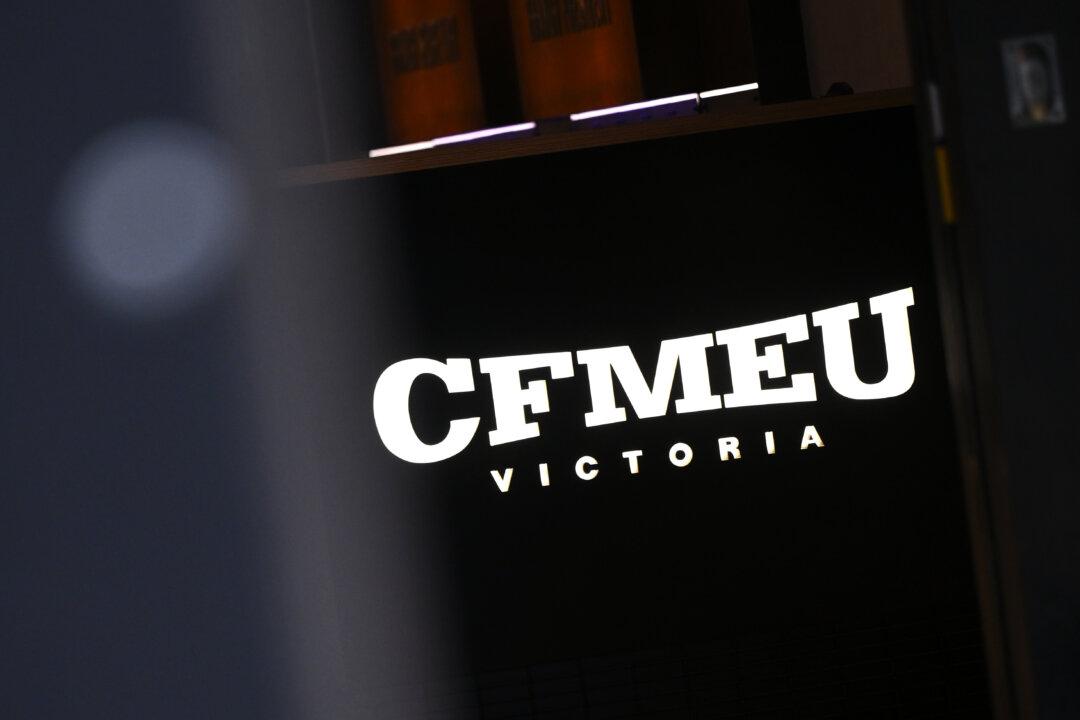Labor’s commanding state election victory in Western Australia (WA) may bolster its confidence ahead of the federal contest, but analysts are calling for caution saying the federal election is governed by different dynamics.
WA’s political culture has historically diverged from national trends, meaning party strategists should tread carefully before drawing conclusions.
State Contest Not a Clear Bellwether
The party suffered an 11 percent statewide swing against it on a two-party-preferred basis—an erosion of support that saw the Liberals achieve double-digit swings in 33 electorates, with at least two exceeding 20 percent.“It’s dangerous trying to apply state election results to federal ones, and vice-versa. Both the Labor and Liberal votes appear weak,” said Graham Young, executive director of the Australian Institute for Progress, in an interview with The Epoch Times.
Paul Williams, associate professor at Griffith University, echoed this view.
“There are numerous examples, like in 2019 when voters backed Scott Morrison federally but elected Labor’s Annastacia Palaszczuk to lead Queensland months later.”
Prime Minister Anthony Albanese celebrated Premier Roger Cook’s “disciplined campaign,” crediting it for securing Labor’s second-largest win in WA history.
But Opposition Leader Peter Dutton was quick to highlight the fault lines, describing the outcome as “mixed.”
He pointed to the 20 percent swing to the Liberals in the regional seat of Collie-Preston east of Perth, where the Coalition has flagged plans for a nuclear power plant, a sign that energy policy could become a defining battlefront in the federal election.
While Labor’s Assistant Minister to the Prime Minister Patrick Gorman urged Labor colleagues to remain focused.
Swing or Just a Correction?
The massive 17 percent swing away from Labor might lose governments power in most elections, but the 2021 pandemic-era election win under predecessor Premier Mark McGowan means the result is more of a correction.“The 2021 WA election was the biggest majority any government at state or federal level had achieved in Australia in 170 years. A big correction was inevitable,” Williams said.
The problem for the Liberals, he noted, is that the correction wasn’t as large as expected.
“Labor still secured nearly 60 percent of the after-preference vote, a massive figure. The Liberals and Nationals are still in single digits.”
Brand Labor Holds Strong
The result, however, was an affirmation of the strength of Labor’s brand in WA.“The Labor brand is holding up in WA and better than expected,” Williams noted.
He added that while the vote was largely for Cook’s government, “the Labor factor still existed,” especially in key federal battlegrounds like Pearce, formerly held by Christian Porter.
Young also argued that the Liberals failed to capitalise on Labor’s decline.
Teal Candidate Finds Foothold in WA
Cook played a key role convincing the Albanese government to delay its “nature positive” environmental laws, which would move to establish a federal environmental protection agency.It was opposed by WA’s mining sector, a key employer in the state, and delaying it could be electorally stable for the Labor government.
Yet in the seaside electorate of Fremantle, climate change was still a defining factor for voters.
Teal independent Kate Hulett campaigned hard on Labor’s perceived “lack of action on climate change,” advocating for a ban on fracking and a halt to new fossil fuel projects.
Cook later admitted that the close race in Fremantle underscored the electorate’s environmental priorities.
Currently, the race between Labor’s Simone McGurk and Hulett is neck and neck, with the teal managing to win a 28.7 percent swing towards her after 60.1 percent of the vote was counted.
Labor and the Greens were the big losers with the incumbent McGurk losing 22.2 percent of the vote, and the Green’s Felicity Townsend 4.5 percent.
“Young voters sent a protest message where they could,” Young said, noting that Fremantle’s gentrification made it fertile ground for a teal candidate.
“Teals attract mostly female, middle-class voters, appealing to those in professional sectors rather than industrial ones.”
The movement continues the 2022 election result, which saw six teal independents, backed by nearly $10 million from the Climate 200 group, win once-safe Liberal seats.
This round, the Dutton Liberal opposition is targeting these teal electorates with the hope of winning some back.
Cost of Living, Leadership to Dominate Federal Race
Both analysts maintain cost-of-living pressures like housing and energy, will continue to dominate into the federal election, with foreign policy issues playing a minor role.“This will be a very materialistic election,” Williams said. “Issues like Gaza, China, and Ukraine will be secondary.”
Williams added that the WA Liberals failed to offer a compelling case for change. However, he believes the federal party is in a stronger position.
He also expects the election to centre on leadership.
“It will be a presidential-style campaign, with Dutton presenting himself as a strong leader versus a weak Albanese. Dutton will likely run a small-target strategy, focusing on broad impressions rather than detailed policies.”
Beyond the headlines, the WA result exposes deeper political undercurrents. Labor’s brand remains strong, but its vulnerabilities are emerging.
For the Liberals, modest gains may not be enough to mount a full comeback, especially if voters continue to scatter towards minor parties and independents rather than returning to the Coalition in force.







